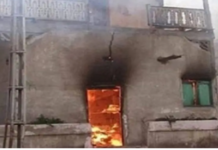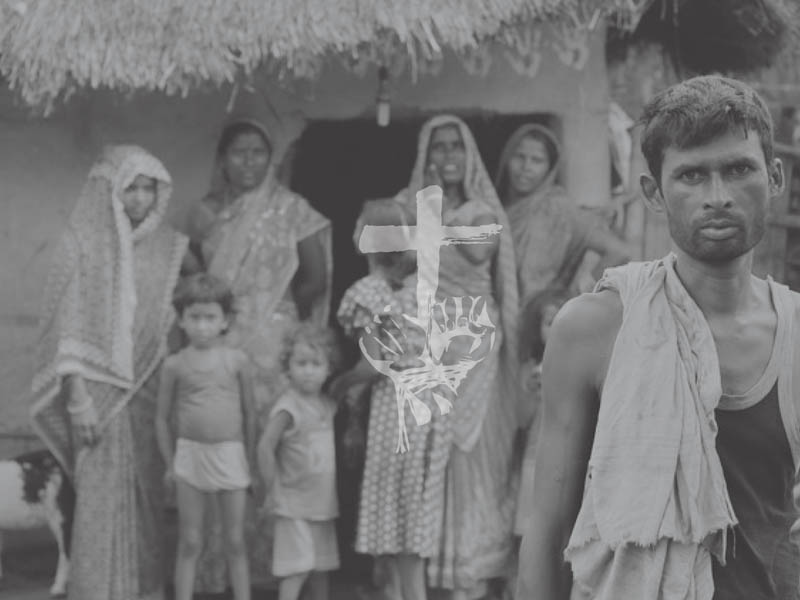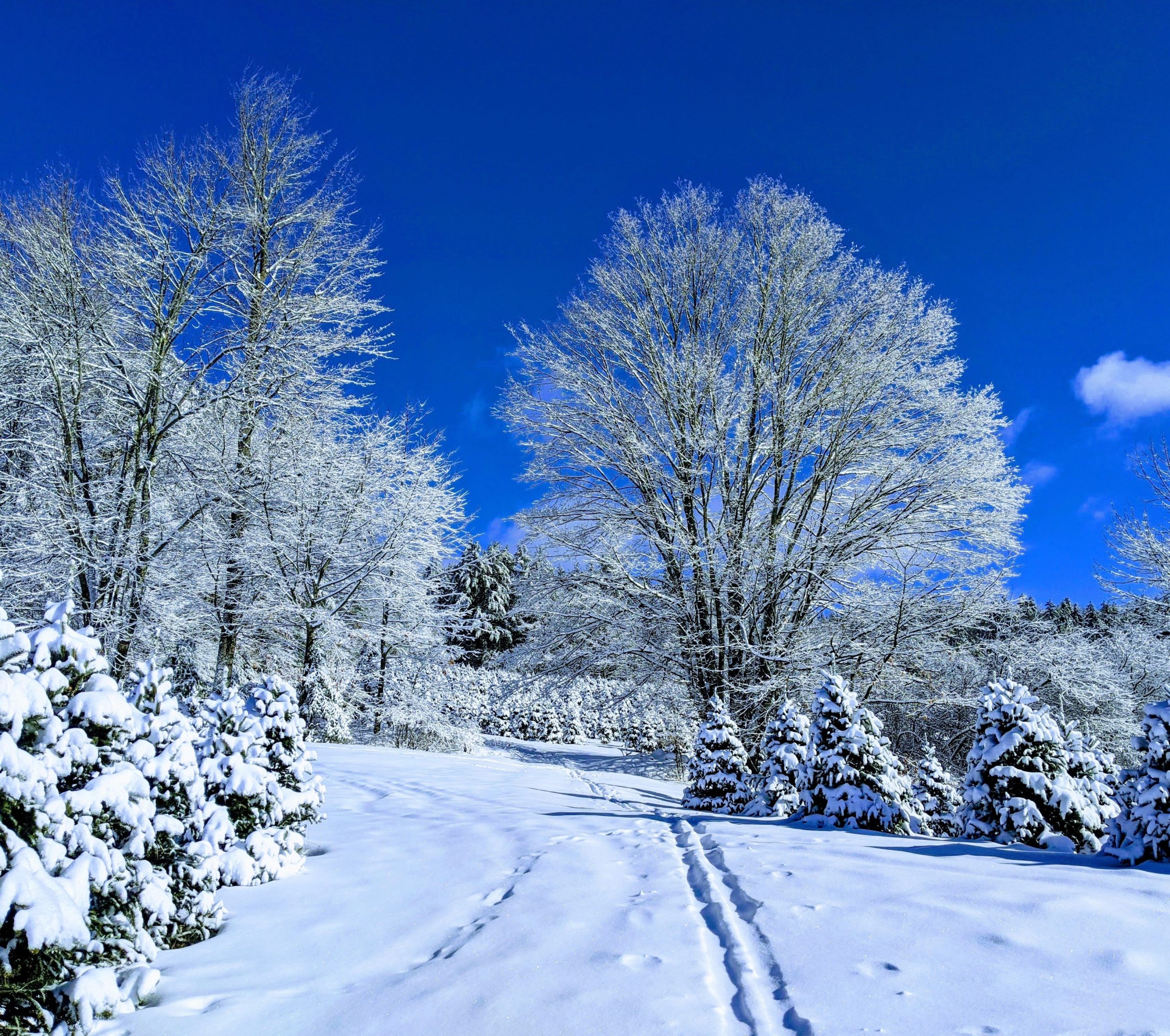By Kenneth D. MacHarg
The establishment of a network of protestant, Union Churches in the old Panama Canal Zone in the early and mid-1900’s was most unusual in how it came about, raising the question of whether, since it was established by the United States Congress, it was, in fact, unconstitutional.
The Panama Canal Zone was an unincorporated territory of the United States from 1904 to 1979, centered on the Panama Canal and surrounded by the Republic of Panama. The Zone consisted of the canal and an area generally extending five miles on each side of the centerline, (excluding Panama City and Colón), which cut through the heart of that Central American country. Originally, it was intended to give the canal a security buffer and to house the facilities needed to operate the canal.
In the original agreement with Panama, that country granted to the United States, in “perpetuity”, the use, occupation, and control of a zone of land for the construction, maintenance, operation, sanitation, and protection of the canal.
From 1903 to 1979, the territory was controlled by the United States, which had purchased the land from private and public owners, built the canal and financed its construction. The Canal Zone was abolished in 1979, as a term of the Torrijos–Carter Treaties two years earlier; the canal itself was later under joint U.S.–Panamanian control until it was fully turned over to Panama in 1999.
In fact, over its nearly 80 year history, the Canal Zone was a de facto American colony in the heart of Panama and a bone of contention between the two countries.
Within a decade the United States congress established an entity to provide religious services to the thousands of U.S. citizens who lived in the Zone and ran the canal and auxiliary services in support of the operation.
There are those who would argue the establishment of the Union Churches in the Panama Canal zone violated the First Amendment which states: “Congress shall make no law respecting an establishment of religion, or prohibiting the free exercise thereof…”
However, in providing for moral and religious safeguards the Congress and Canal Zone authorities early on provided government-paid chaplains. That provision ended with the completion of the construction of the canal.
From there, under the leadership of a group of laymen, the Union Church of the Canal Zone was organized in February, 1914. Most Protestant denominations except two (Southern Baptist and Episcopal/Anglican) cooperated with this piece of ecclesiastical statesmanship. A centralized organization maintained work in all the civilian “gold” towns (those populated by Caucasians) along the Canal, employing pastors who had to be ordained “men” of American, Protestant churches. This Union Church did not regard itself as a denomination but as a federation for Christian service. No attempt was made to establish a doctrinal position, and members were not asked to sever their relations with their home churches. (Adapted from Prowling About Panama, by Bishop George. A. Miller, Abingdon Press, 1918)
A further step, the one that called into question the constitutionality of what happened, occurred on December 31, 1941 when the U.S. congress passed this act:
AN ACT
To incorporate the Union Church of the Canal Zone.
Whereas the Union Church of the Canal Zone is an unincorporated evangelical religious organization which has established and maintained union churches at various points in the Canal Zone since its organization in 1914, succeeding in that year separate union churches which had been maintained for a number of years previously; and
Whereas it has parsonages and church buildings at the following points, to wit: Balboa, Pedro Miguel, Gatun, and Colon; and
Whereas the Federal Council of Churches of Christ in America, a corporation of the State of New York, and the boards of various cooperating churches in the United States desiring to make provision for worship by the adherents of their respective denominations who from time to time reside temporarily on the Isthmus of Panama and who do not desire to sever their denominational ties in the United States have contributed toward the establishment of the Union Church of the Canal Zone; and
Whereas the said Union Church of the Canal Zone is not related to any of such denominations in the way of ecclesiastical subordination or subjection thereto; and
Whereas it is desired to insure the continuance of the work in which the said Union Church of the Canal Zone has been engaged Therefore
Be it enacted by the Senate and House of Representatives of the United States of America in Congress assembled,
CORPORATION CREATED
In Christian Cooperation at the World’s Crossroads, author Robert H. Rolofson wrote that “This is probably the only church incorporated by the Federal Government.”
In an interview granted in 2010, the Rev. Clarence Payne, a former pastor of the Balboa Union Church, explained, The Canal was built by the US from 1904 to 1914. During that early period, many of the American workers came from the American South. They were mostly white and mostly Protestant. There was a desire, a need to continue spiritual life; so here in the Canal Zone, they ran Sunday schools in the YMCAs and other informal recreational buildings such as the clubhouses…. In the early years, the Panama Canal Company provided chaplains to conduct services in these places for the workforce.
As time went on, as more workers began to bring in their families and permanent communities were created, they perceived the need to have their own churches.
Towards that end, they did some intelligent thinking: Let’s not replicate what we have in the US with various denominations of churches at four corners of an intersection. Let’s combine the denominations into a union church. The Episcopal church couldn’t support that, and they established their own churches. The Baptists did the same. But among other denominations, there was an effort to establish interdenominational churches, union churches. The National Council of Churches took this on, and inside their offices at 475 Riverside Drive in New York City they opened an office of Union Churches in the National Council of Churches. The National Council of Churches had no authority over the Union Churches, but they offered support, in any case. So the Union Churches of the Canal Zone came to be, prior to the opening of the Canal….
In any case, the union church movement caught fire. There were between seven and nine union churches in the Canal, each with its own building. Balboa Union Church, Gamboa, Pedro Miguel, Gatun, Margarita, Cristobal (a beautiful stone building) and one on the West Bank, whose name I don’t remember. Every one of them brought pastors down from the States. They chose a joint mission statement, and they called themselves the overarching title, “Union Church of the Canal Zone.”
INTERVIEWER: Why did the US Congress do that? Do you have the sense that they were trying to push a certain doctrinal theology into the Canal Zone and Panama?
REV. PAYNE: I don’t know. Except, of course, that the Canal Zone was a territory by treaty of the United States Government. Certainly, in the early 1900s the US was a Protestant, Christian country. Protestantism ruled. There were Catholic immigrants, but the dominant religious movement was Protestant….
Meanwhile, during this period, the Canal Zone, churches thrived. They were very active centers of religious and community life. I might add that in those early days, community life was centered around the churches and the Masonic movement.
Over the years, seven Union churches were formed in the Canal Zone. As time passed, some, such as the Cristobal Union Church, closed as territory was returned to Panama.
As of today, with the Canal Zone territory totally returned to Panamanian sovereignty, only two remain operating under their original name and as expat churches: Balboa and Gamboa. Some of the original buildings were torn down; others are owned and occupied by other Panamanian, Spanish-language churches.
With the transfer of the Canal Zone property to Panama under the 1988 treaty, the Union Church of the Canal Zone, unconstitutional or not, went out of existence. Ministry with an expatriate congregation continues in the two Union Churches that remain plus other congregations in Panama City, including Crossroads Bible Church which formed independently of the old Union Church system, LifeBridge International Church which was planted more recently by the International Baptist Convention and other traditional, international churches which existed also outside of the Union Church system and are related to Anglican, Lutheran and other bodies.
While the remaining Union Churches in Panama no longer operate under a U.S. legal entity, the historic question of their original constitutionality still lingers on.
References:
McConkey, Clarence, (Ed.). (1992), Balboa, Panama. The Union Church of the Canal Zone, 1950-1992. The Union Church of the Canal Zone.
Rolofson, Robert H. (1950) Balboa, Canal Zone. Christian Cooperation at the World’s Crossroads, The Union Church of the Canal Zone.
Kenneth D. MacHarg is the author of From Bangkok to Bishkek, Budapest to Bogotá, The Compelling Story of International Congregations published by Energion Publications
(https://shop.aer.io/ncs/p/From_Bangkok_to_Bishkek_Budapest_to_Bogot_The_comp/9781631995774-909?collection=missions/9980) from which this essay is adapted. He served as the pastor of the old Margarita and Gatun Union Churches in the Panama Canal Zone from 1974-1977. He previously taught at Sullivan University in Louisville, Ky,
Miami International Seminary, Miami, Florida and Professor, Evangelical
University of the Americas, (UNELA) San José, Costa Rica, 2004-2006
He is retired and lives in Carrollton, Georgia.
#






